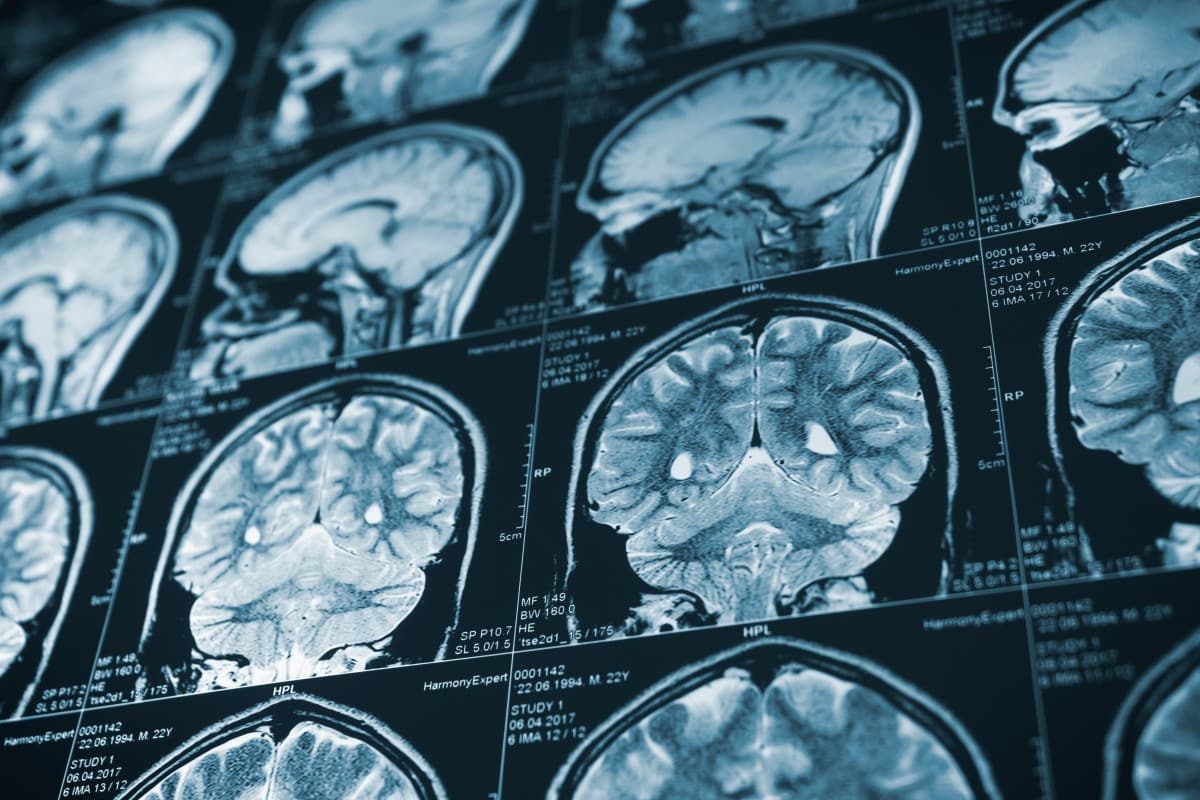Hyperbaric Oxygen Therapy and Anoxic Brain Injuries
Hyperbaric Oxygen Therapy and Anoxic Brain Injuries:
A Path to Recovery
Anoxic brain injuries occur when the brain is deprived of adequate oxygen, leading to cell damage and impaired brain function. This condition can result from various causes, including cardiac arrest, drowning, or severe respiratory issues. While the effects of anoxic brain injury can be profound and challenging, Hyperbaric Oxygen Therapy (HBOT) offers promising benefits for promoting recovery and improving outcomes. In this post, we’ll explore how HBOT can support the healing process for anoxic brain injuries.
Understanding Anoxic Brain Injuries
What Is Anoxic Brain Injury?
Anoxic brain injury results from a complete lack of oxygen to the brain. Unlike hypoxic brain injury, which involves reduced but not entirely absent oxygen levels, anoxic injury means that brain cells are exposed to an environment with no oxygen. This can lead to:
Challenges of Anoxic Brain Injury Recovery
Recovery from anoxic brain injury can be difficult due to the extensive damage caused to brain cells and neural pathways. Challenges include:
How HBOT Supports Recovery from Anoxic Brain Injuries
Enhanced Oxygen Delivery to Damaged Tissues
HBOT involves breathing 100% oxygen in a pressurized chamber, significantly increasing the amount of oxygen delivered to tissues. This enhanced oxygenation supports the brain in several ways:
Reduction of Secondary Brain Damage
After an anoxic event, secondary brain damage can occur due to inflammation, oxidative stress, and the release of harmful substances. HBOT helps mitigate these effects by:
Promotion of Neuroplasticity
Neuroplasticity refers to the brain’s ability to adapt and reorganize itself by forming new neural connections. HBOT supports neuroplasticity through:
Improvement in Cognitive and Motor Functions
Patients recovering from anoxic brain injury may experience improvements in cognitive and motor functions with the support of HBOT:
Integrating HBOT into Recovery Plans
Consulting with Healthcare Professionals
Before starting HBOT, it’s essential to consult with healthcare professionals who can assess the suitability of the therapy for your specific condition and integrate it into a comprehensive recovery plan.
Adhering to Treatment Protocols
Following the recommended HBOT protocols and treatment schedules is crucial for maximizing benefits and supporting optimal recovery.
Combining with Rehabilitation Therapy
HBOT can be used alongside other rehabilitation therapies to enhance overall recovery. A multidisciplinary approach, including physical therapy, occupational therapy, and cognitive rehabilitation, can provide comprehensive support.
Conclusion
Hyperbaric Oxygen Therapy offers a valuable adjunctive treatment for individuals recovering from anoxic brain injuries. By enhancing oxygen delivery, reducing secondary damage, promoting neuroplasticity, and improving cognitive and motor functions, HBOT supports a more effective and accelerated recovery process.
At RX-O2 Hyperbaric Clinics, we are dedicated to helping patients achieve the best possible outcomes through personalized and comprehensive HBOT programs. If you or a loved one is navigating recovery from anoxic brain injury, contact us today to learn how HBOT can make a difference in your journey toward healing and improved quality of life.
Source: International Hyperbarics Association
Information on this website is provided for educational purposes only. It is not intended as a substitute for the diagnosis, treatment, and advice of a qualified licensed professional. This website offers general information and in no way should anyone consider that this website represents the practice of medicine. This website assumes no responsibility for how this information is used. Also note that this website frequently updates its contents, due to a variety of reasons. No statements or implied treatments on this website have been evaluated or approved by the FDA. It is important that you do not reduce, change, or discontinue any medication or treatment without first consulting your doctor. Please consult your doctor before beginning any new program of treatment.

